Nine out of 10 Hollywood film scores get their music from here
OrchestrasSpitfire Audio has spent the past 15 years developing more than 200 high-definition virtual instrument libraries, employing top musicians at Abbey Road, AIR and 58 other studios, and paying them royalties.
They now claim that nine out of ten Hollywood movies depend on their database of instrumental effects.
Carlos Rafael Rivera, Emmy-winning composer says: ‘Many of the cues from The Queen’s Gambit where Beth is playing chess on the ceiling had the fantastic brass and strings from the Kepler sample library. The final product ended up being a hybrid from the aforementioned libraries and the real orchestra recordings.’
Who knew?

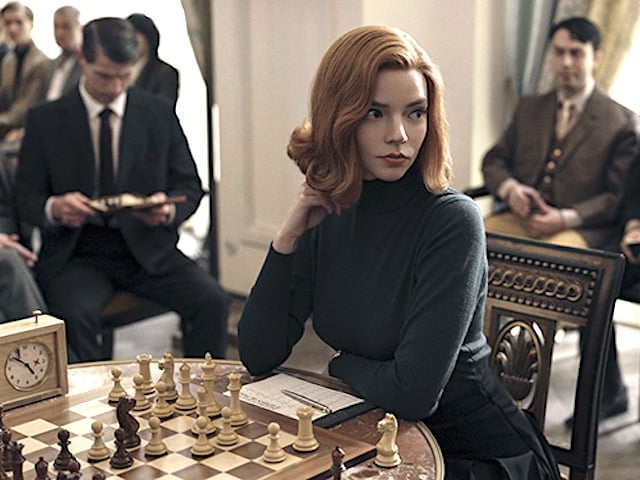
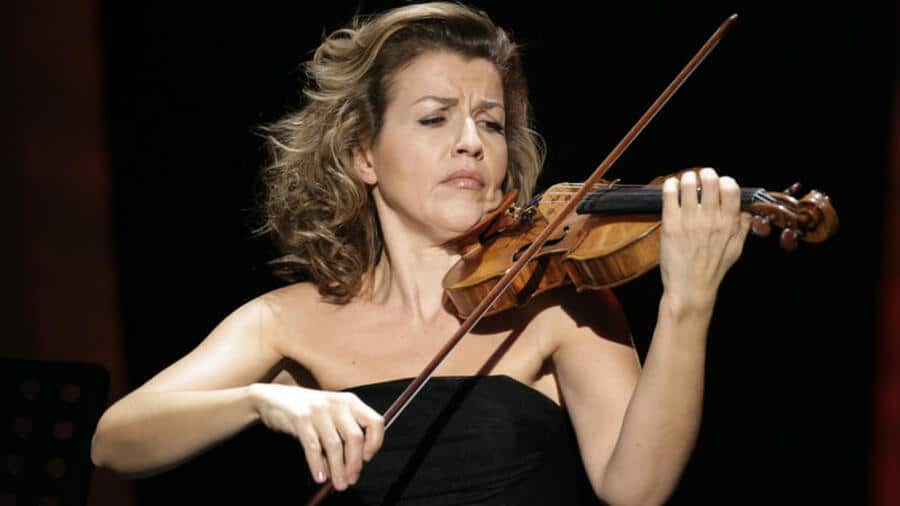
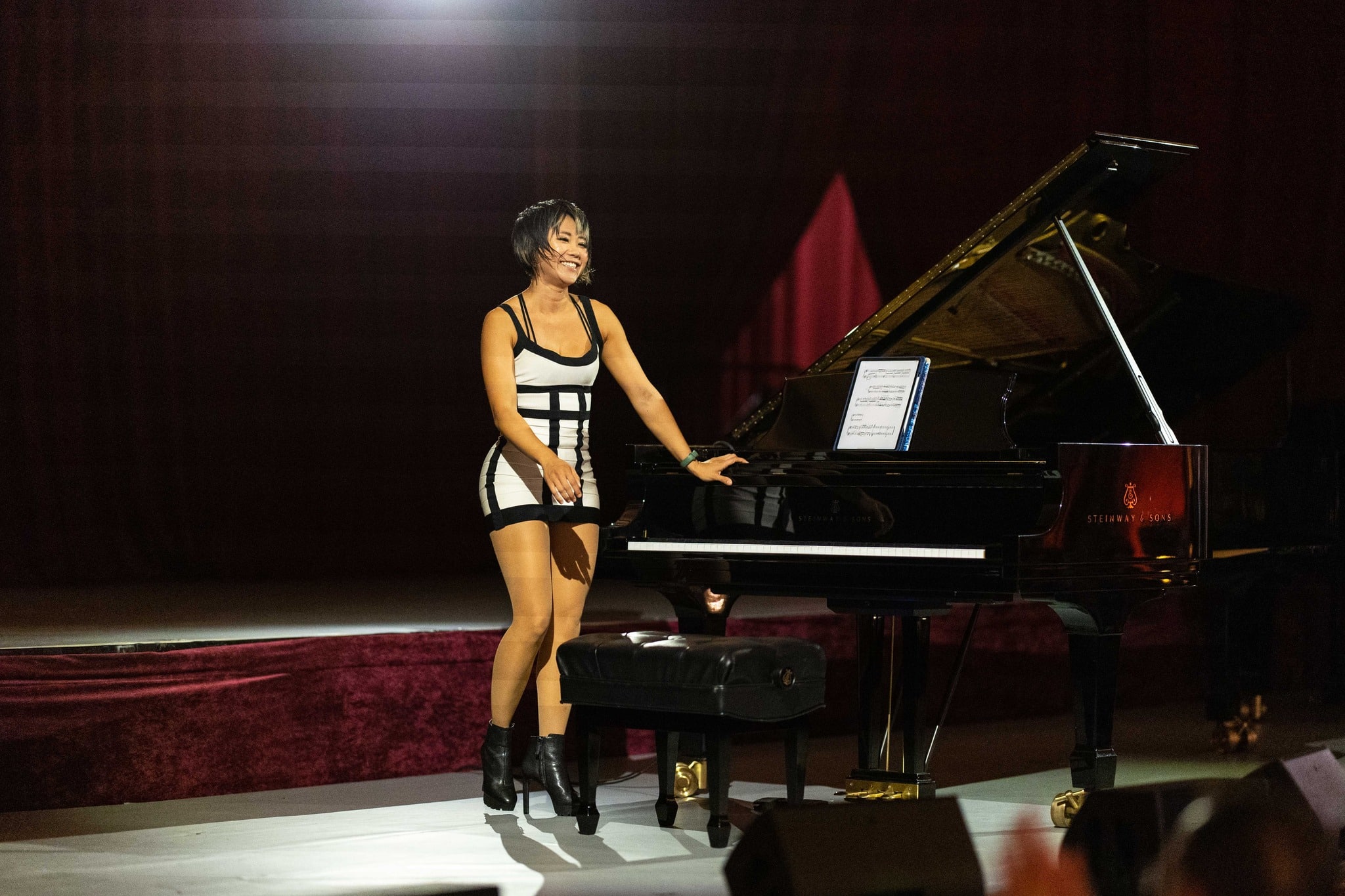
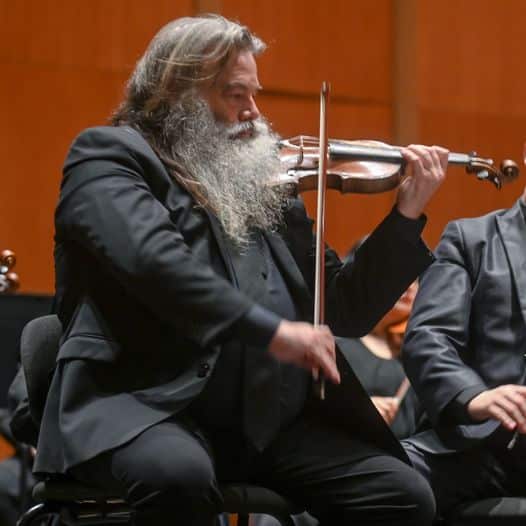
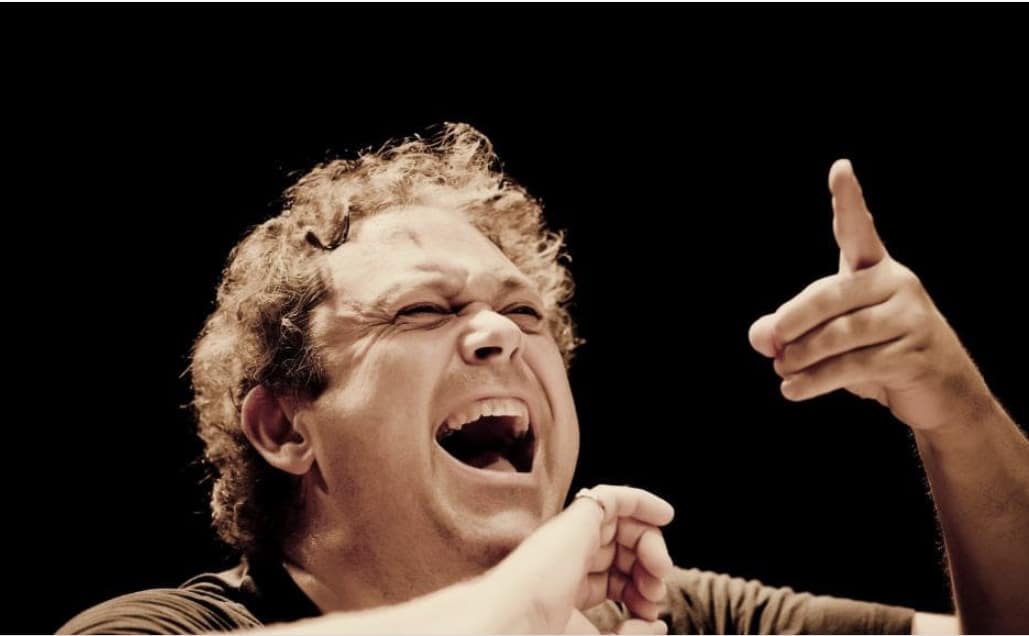
High definition viola players….
More viola envy, eh Fred?
the key word is “effect”. this is not a soundtrack or composing/orchestrating as the great hollywood composers of old. sorry, call it what it is… effect
Psychologically unsettling films seem to call for and benefit from an ambient “score”. Traditional instruments being played in traditional or even novel ways can seem too intrusive for such films. Most synthesists are very capable of engendering an effectively novel and enhancing ambience where called for.
In the not-to-distant future, most of the film music will be “created” by AI, as will the scripts and they will be “acted” by virtual actors. The product will bestreamed to your TV via a subscription, and there will be no more need for movie theaters. For an additional fee, you’ll be able to record the movies on a device that allows you to play it back later.
The key word here is ‘effects’. The interfaces appear sophisticated particularly when observed in a studio setting but anyone familiar with the authentic sound of string instruments in particular will spot the difference. To be honest, I’m quite surprised that things haven’t advanced further over the last few decades.
What would Franz Waxman, Miklos Roza and Max Steiner say? Not to mention John Williams.
This is the way music production is headed: no more expensive live orchestras, no union contracts to deal with, no copyists…this gives the composer and director so much more control. Maybe an expert can hear the difference, but the average listener can’t. The really high-end stuff like Spitfire is producing is astonishing. But even lower end sound libraries like Garritan used with Finale and played with amazing software like Noteperformer can be really excellent. With costs of production spiraling out of control, why wouldn’t movie producers use this technology? For me, it’s an opportunity to hear some neglected forgotten music of the past that no one performs and hasn’t been recorded. You won’t find a recording of George Chadwick’s Symphony no. 1, but I it on Finale. Maybe it’s not the Boston Symphony playing it (and they should!) but it satisfies a curiosity.
Spitfire audio is indeed the gold standard for sample libraries.
There seems to be some confusion in the comments about the difference between synths and samplers. A synthesizer creates the sound from scratch and usually sounds very fake, whereas a sampler takes recorded “samples” of actual musicians. Spitfire is the best because they painstakingly record every variable of vibrato, attack and decay, and different microphones, etc. The composer/engineers can then carefully create a new performance with those little sample recordings.
Obviously, everyone prefers to have actual players like the good ol days, but besides budget, there often isn’t enough time to pull together a session orchestra. Often, they’ll record as much as possible with actual players, then when they need to make changes, for example, to connect musical themes as a result of changes editing the video, they’ll turn to samples to create as close to realistic sounds as possible. The result often is the long sweeping main themes being recorded, and the little connecting material being sampled.
The difference between the two is certainly audible, but there are so many other factors to recorded music that literally the type of mic used is usually easier to hear than if it’s a sample or recorded.
This is why live performance is loved and will never die! You can’t play with the dials when it’s just the players and your ears!
It’s quite standard in industry to mix live musicians with samples for home studio recordings and other remote scores done (especially during pandemic).
What a thrill to be mentioned in this incredible blog that I’ve been a fan of for the past ten years or so. While I’m definitely not as connected to this world as I once was, I am grateful. It is important to know, though, that in order for real orchestras too make it to the screen, a rather large budget is required, which is not readily available in around 80% of what is made. So, using libraries in order to create is the process by which most music is made today, rather than the acoustic/analog approach that was used in the past. So most of the contemporary soundtrack recordings you listen to are a bit of a hybrid, frankensteined sort of version that supports the storytelling. Thanks again for the mention!
I suppose making scores out of notes recorded from real performers is an extension of the common television practice of making laugh tracks for sitcoms, using excerpts of real audience laughs.
It offered one more reason to write lazy jokes that no real audience would laugh at.
Now composers have one more reason to write lazy scores that no real musicians would play.
I’m anxious to hear your next award winning score.